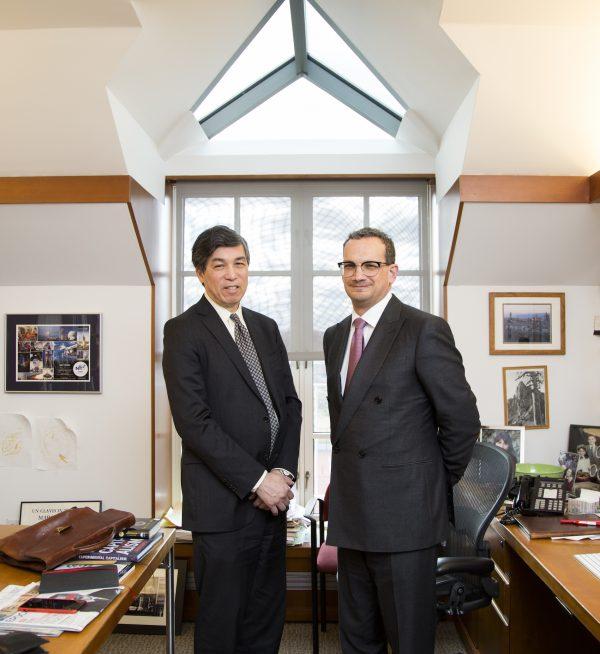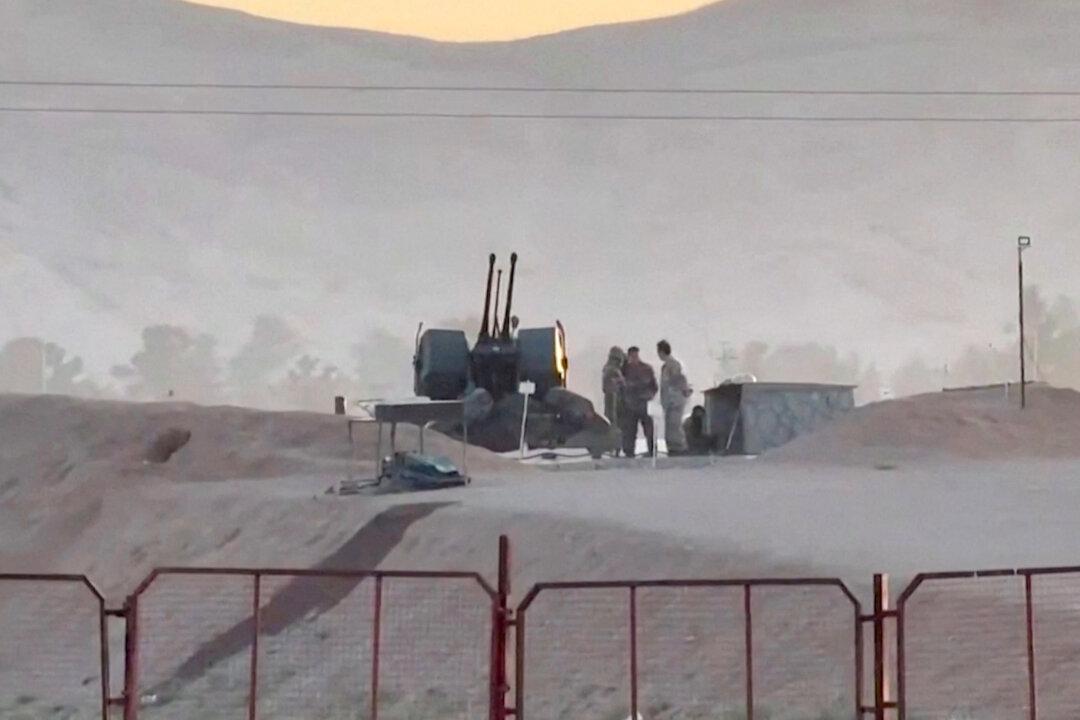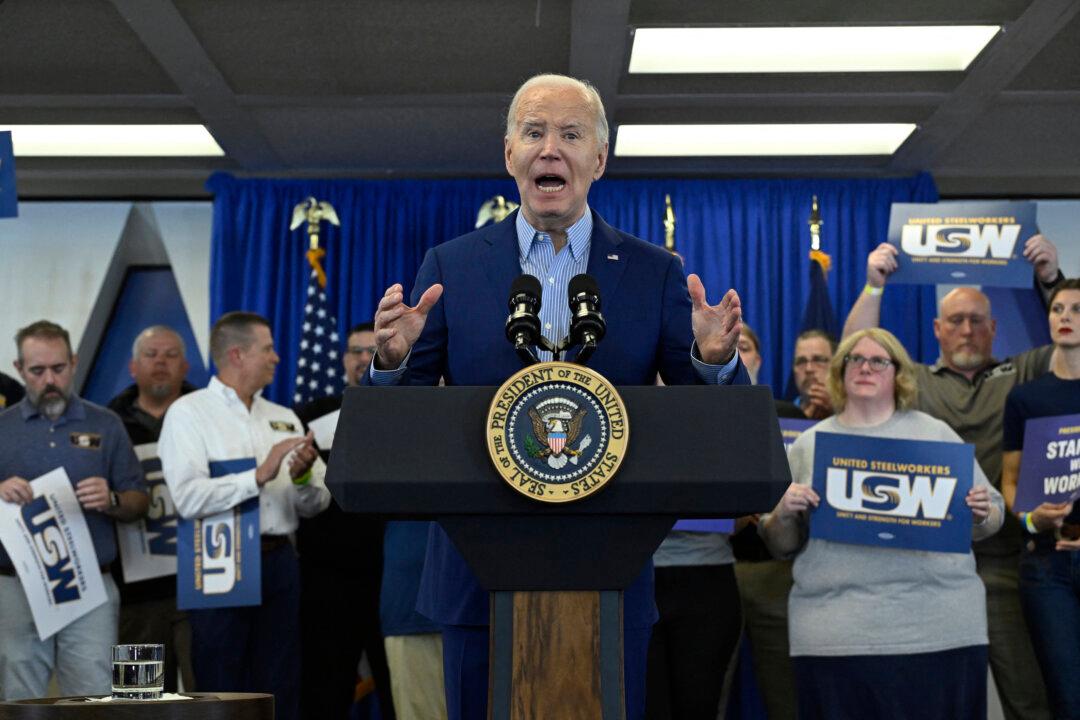WASHINGTON—The United States is back as the “most competitive economy” in the world, reclaiming the No. 1 spot for the first time since 2008 in the World Economic Forum’s (WEF) annual global survey. However, there is a real challenge in maintaining that position, as the United States keeps losing its capability for innovation in addition to its factories, experts warn.
All these factors contribute to the country’s vibrant innovation ecosystem, making it a “super innovator,” says the WEF report.
However, its innovation ecosystem faces challenges as more companies continue to offshore their research and development.
The Lifeblood of the Country
Innovation has been the lifeblood of the country since its founding, according to Secretary of Commerce Wilbur Ross.The United States was once the world’s leader in manufacturing. After World War II, the country heavily invested in research and development and was significantly ahead of other countries in employing cutting-edge technologies. However, that picture started to change in the 1980s.
For decades, many large U.S. manufacturers moved their operations to low-cost countries, primarily China. Such moves were expected to bring cost benefits and competitive advantage. It did bring benefit, but at the expense of harming the “industrial commons” in the United States, the authors said.

Industries form industrial commons that operate within an “ecosystem” and share know-how and capabilities. This know-how is used by the members of the ecosystem, including workers, companies, suppliers, and universities. The decline of one industry affects the whole ecosystem and leads to the erosion of the industrial commons in that region.
Business leaders and politicians are now seeing the fallout of offshoring decisions in some industries in which the United States has fallen behind in its ability to compete.
In solar power, for example, a significant amount of the required know-how and production infrastructure have shifted to Asia over time.
‘Invent There, Manufacture There’
The case of solar PV isn’t an isolated example. There is a long list of “endangered species” of American industries, from semiconductors to rechargeable batteries.“It all started with the globalization of supply chains,” said Pisano in an interview. “Companies thought they could move their manufacturing elsewhere and be cost-competitive. They could design here and manufacture there.”
This assumption, however, failed to recognize the strong interaction between inventing a product and producing it.
And today, as many firms shift their innovation overseas, the new trend is “invent there, manufacture there,” according to the MForesight report.
Maintaining domestic manufacturing capabilities is key to retaining the know-how needed to produce next-generation technologies, states the report. Otherwise, the United States may lose its competitive advantage in emerging industries such as autonomous vehicles, robotics, bio-manufacturing, energy storage, and quantum computing.






Friends Read Free